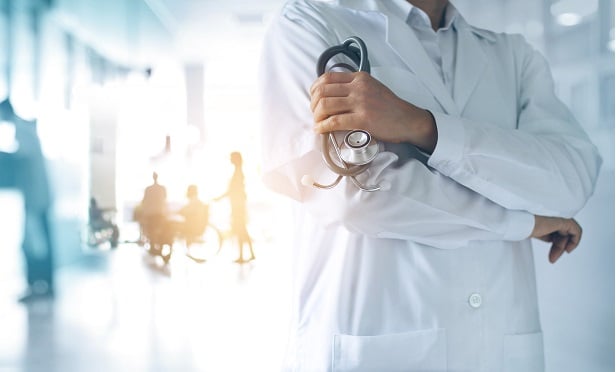 "Diagnosis" highlights how U.S. patients can manage their care in creative ways—especially when traditional methods fail.
"Diagnosis" highlights how U.S. patients can manage their care in creative ways—especially when traditional methods fail.
As TV tastes shift from sitcoms and medical melodramas to "reality" programming, it's no surprise that Netflix's new docuseries, Diagnosis, has risen in popularity. The show, based on The New York Times Magazine column of the same name, highlights individuals with rare or difficult-to-diagnosis conditions. The show draws viewers in with real-life stories and medical mysteries while simultaneously (and subtly) educating the public on how to navigate the complex U.S. health care system.
Hosted by Dr. Lisa Sanders, the column's writer, Diagnosis highlights how U.S. patients can manage their care in creative ways—especially when traditional methods fail and when the U.S. health care system makes it difficult to get the care they need. Diagnosis features seven stories, each showcasing important trends, lessons and challenges that most consumers experience when navigating today's health care landscape. Here are a few that health care pros and consumers alike can look out for:
Recommended For You
Complete your profile to continue reading and get FREE access to BenefitsPRO, part of your ALM digital membership.
Your access to unlimited BenefitsPRO content isn’t changing.
Once you are an ALM digital member, you’ll receive:
- Breaking benefits news and analysis, on-site and via our newsletters and custom alerts
- Educational webcasts, white papers, and ebooks from industry thought leaders
- Critical converage of the property casualty insurance and financial advisory markets on our other ALM sites, PropertyCasualty360 and ThinkAdvisor
Already have an account? Sign In Now
© 2025 ALM Global, LLC, All Rights Reserved. Request academic re-use from www.copyright.com. All other uses, submit a request to [email protected]. For more information visit Asset & Logo Licensing.








